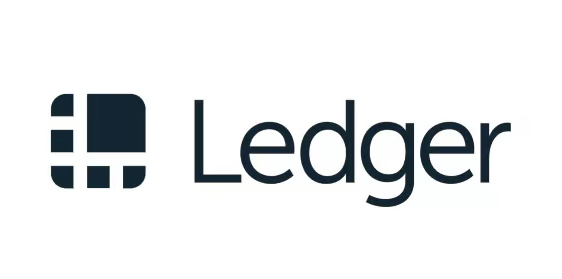What does Ledger payment platform do?
- WBOYWBOYWBOYWBOYWBOYWBOYWBOYWBOYWBOYWBOYWBOYWBOYWBOriginal
- 2024-08-23 16:52:011145browse
The Ledger payment platform is a bridge between digital currencies and real-world payments, allowing users to use cryptocurrencies for daily transactions, such as online shopping, paying bills, and remittances. Its advantages include: convenience, security, globalization, decentralization, user-friendliness, and extensive partnerships with merchants. Users can easily use the platform to trade cryptocurrencies by simply creating an account and connecting their Ledger hardware wallet.

Ledger Payment Platform: What it does and what it is used for
What is Ledger Payment Platform?
Ledger payment platform is a bridge between digital currency and real-world payments. It allows users to use cryptocurrencies for a variety of daily transactions, such as:
- Online and in-store shopping
- Pay bills and send money
- Exchange cryptocurrencies
What is the Ledger payment platform used for?
The Ledger payment platform offers a variety of benefits, including:
Convenience: Users can easily use cryptocurrencies for daily transactions without the need to convert to fiat currency.
Security: The platform uses advanced security technology to ensure the safety of user funds and transactions.
Globalization: It supports multiple cryptocurrencies and global payment methods, making international transactions more convenient.
Decentralization: Ledger does not hold users’ funds, but uses a decentralized network for transactions, improving transparency and security.
User-friendliness: The platform’s interface is simple and intuitive, making it easy for even a cryptocurrency novice to use.
Partnerships: Ledger partners with a wide range of merchants and payment service providers to expand its acceptance and availability.
How to use:
To use the Ledger payment platform, users need to create an account and connect their Ledger hardware wallet. They can then select the service they want (such as shopping, paying bills, or exchanging cryptocurrencies) and follow the prompts. The platform will process transactions and settle them using cryptocurrency or fiat currency.
The above is the detailed content of What does Ledger payment platform do?. For more information, please follow other related articles on the PHP Chinese website!

